The world of artificial intelligence is looking very different after a week of chaos at OpenAI – one of the world’s most powerful AI companies.
The sudden ousting of Sam Altman as CEO of OpenAI has sent shockwaves across the industry, with investors, executives and industry leaders struggling to keep up with the series of events that have reshuffled some of the key players at the forefront of the AI revolution.
After five days of twists and turns, Altman is now set to return as CEO of OpenAI with a new initial board of Bret Taylor (Chair), Larry Summers, and Adam D'Angelo.
It is hoped his return will finally put an end to the turmoil that has sent OpenAI spiralling this week – turmoil that highlights the continued debate over one of the most important but dangerous technological innovations since the internet.
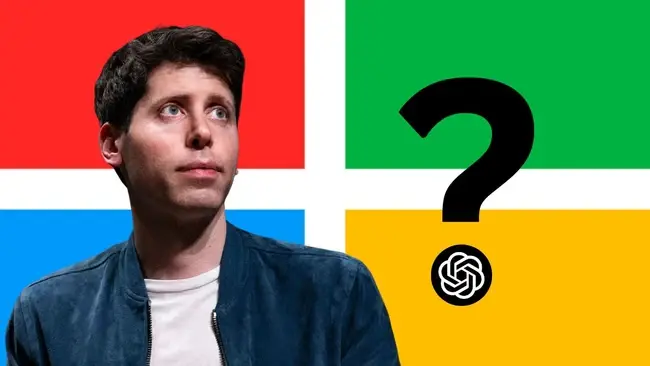
How it Happened
On Friday, OpenAI’s board of directors announced it was dismissing Sam Alman as chief executive. It wrote in a blog post that the move followed “a deliberative review process by the board, which concluded that he was not consistently candid in his communications with the board, hindering its ability to exercise its responsibilities.”
There are only six people on that board – and two of them were Sam Altman and his co-founder Greg Brockman who quit after Altman was dismissed.
So four other top dogs at OpenAI who knew Altman and the business well must have reached a breaking point of such seriousness that they sprung into action immediately – blindsiding the entire tech community and their own investors in the process.
Ilya Sutskever, the firm's chief scientist and co-founder, was a member of that board. Suskever was said to be growing alarmed that the company’s technology could pose a significant risk to society, and that Altman was not paying close enough attention to the potential dangers.
Following the dismissal, he wrote that he "would not take such drastic action unless he felt it was absolutely necessary,” standing by the board’s decision.
The Aftermath
The ousting came as a shock to the entire tech world, sparking confusion and distress among employees at OpenAI and the company’s investors.
Microsoft, which invested over $13 billion into OpenAI since the launch of ChatGPT last year, was said to be particularly shocked by the dismissal.
It only found out about Altman’s firing either just before the announcement or after it went public, and was left completely blindsided by the board’s decision,
Hours after the OpenAI announced the firing, Altman posted on X that he “loved working with such talented people” and that he “will have more to say about what’s next later.”
i loved my time at openai. it was transformative for me personally, and hopefully the world a little bit. most of all i loved working with such talented people.
— Sam Altman (@sama) November 17, 2023
will have more to say about what’s next later.
🫡
His Fellow co-founder Greg Brockman also promptly quit. “Please don’t spend any time being concerned. We will be fine,” Brockman said in a Friday post on X. “Greater things coming soon.”
As people pushed for Altman’s reinstatement in the days that followed, Microsoft announced it would hire the removed CEO to lead a new AI research team and welcomed any defecting OpenAI employees to join him.
Along with former OpenAI president Greg Brockman and prominent researchers including Aleksander Madry, Altman promptly took up the offer and joined Microsoft on Sunday.
Other OpenAI staffers also threatened to join them unless Altman was reinstated and the board resigned. In a letter to the board signed by nearly 500 employees, OpenAI staffers wrote: "Microsoft has assured us that there are positions for all OpenAI employees at this new subsidiary should we choose to join."
Throughout Sunday night, more OpenAI staffers spoke out against the firing, sharing the repeated message: "OpenAI is nothing without its people."
Some employees went even further, openly criticising the board and taking aim at OpenAI's Sutskever, who reportedly had a major role in ousting Altman.
"Ilya does not care about safety or humanity. This is just ego and power hunger that backfired,” Shengjia Zhao, a research scientist at OpenAI, said in a now-deleted post.
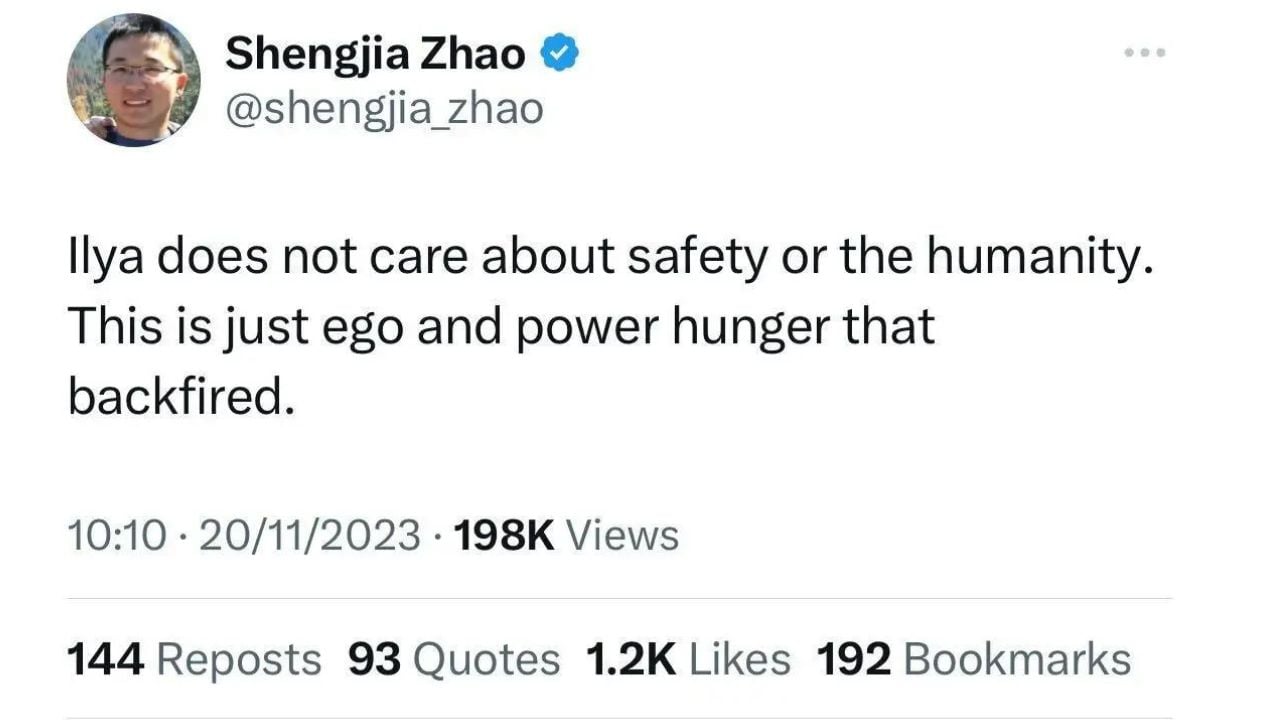
Jan Leike, who co-leads OpenAI's alignment team with Sutskever, also openly called for the board to resign in a post on X, with multiple fellow staffers then following his lead posting identically worded posts.
On Sunday evening, after 48 hours of furious negotiations over the company’s future, OpenAI’s board said it would stand by its decision to oust Mr Altman and named the second interim chief in two days. Emmett Shear, a former executive at Twitch, would succeed Mira Murati, a longtime OpenAI executive who had been appointed interim chief on Friday.
When did Sam Altman return to OpenAI?
Just five days after its initial announcement, OpenAI revealed on Wednesday morning that Altman would return to the company as CEO as part of an agreement in principle that would reconstitute the board of directors that had dismissed him.
“We have reached an agreement in principle for Sam to return to OpenAI as CEO with a new initial board of Bret Taylor (Chair), Larry Summers, and Adam D'Angelo,” OpenAI said in a statement on X. “We are collaborating to figure out the details. Thank you so much for your patience through this.
We have reached an agreement in principle for Sam Altman to return to OpenAI as CEO with a new initial board of Bret Taylor (Chair), Larry Summers, and Adam D'Angelo.
— OpenAI (@OpenAI) November 22, 2023
We are collaborating to figure out the details. Thank you so much for your patience through this.
The U-turn came after Sutskever, who played a key role in Altman’s discussion, apologised for his role in the decision and joined the signatories of the open letter to the board of directors calling for Mr Altman and Mr Brockman to return and suggesting they may leave OpenAI if the men are not reinstated.
“I deeply regret my participation in the board's actions. I never intended to harm OpenAI,” Sutskever wrote in a post on X. “I love everything we've built together and I will do everything I can to reunite the company.”
Sam Altman was happy to return as CEO. "I am looking forward to returning to OpenAI," he Altman said in a post on X. "I love OpenAI, and everything I've done over the past few days has been in service of keeping this team and its mission together,” he added.
What really happened at OpenAI
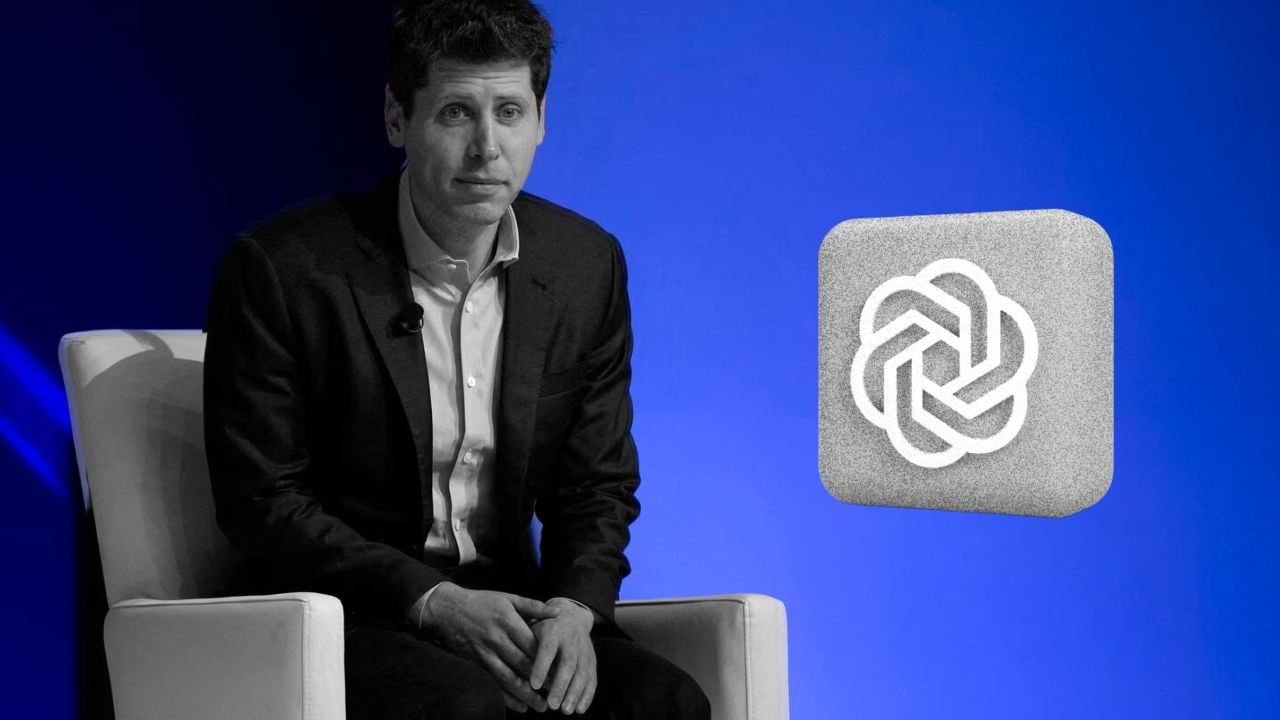
OpenAI’s board has made only vague public statements about the reason for firing Altman, stating that he was “not consistently candid in his communications with the board.”
But what really happened at OpenAI can be traced back to the increasingly fiery industry debate about how quickly to bring AI to the market and protect humanity from its risks.
Altman has been one of the loudest voices for the regulation of AI systems. He was one of the most notable attendees at the UK's AI safety summit and has even stood before Congress to encourage the US government to introduce guardrails to control the development of AI.
At the same time, he has been one of the fastest movers in the Ai industry and has turned the profitable arm of OpenAI into a $90 billion company in less than a year.
To understand why this could be a problem for OpenAI, you need to understand that the company began as as a non-profit organisation. It originally took back enough of what it brings in to cover its own running costs – and any extra gets invested back into the business. Most charities are non-profits.
But then In 2019, a new arm of the firm was formed by Altman – and this part of it was profit-orientated. The firm set out how the two would co-exist. The profit side would be led by the non-profit side, and there would be a cap imposed on the returns investors could earn.
Not everybody was happy about this, and the decision was said to have been a key reason behind Elon Musk's decision to walk away from the firm.
There have also been reports that Mr Altman was considering some hardware projects, including the funding and development of an AI chip, which would have been a completely different direction to take OpenAI.
Whatever the reason for Altman’s firing, he’s back now. So whatever caused the conundrum in the first place appears to be resolved. Whether that lasts is yet to be seen.
What next for OpenAI?
As a long-term goal, OpenAI is building up to the development of artificial general intelligence (AGI). This is an AI system that is able to do tasks to the same standard or better than humans can.
“If AGI is successfully created, this technology could help us elevate humanity by increasing abundance, turbocharging the global economy, and aiding in the discovery of new scientific knowledge that changes the limits of possibility,” OpenAI said in a blog post earlier this year.
“AGI has the potential to give everyone incredible new capabilities; we can imagine a world where all of us have access to help with almost any cognitive task, providing a great force multiplier for human ingenuity and creativity.”
Of course, OpenAI still has a long way to go before it develops anything close to AGI. At a very recent speech, he said what was coming next year would make the current ChatGPT chatbot look like "a quaint relative".
Is he referring to AGI here? Is this the disagreement about safety that got OpenAI’s board of directors so rattled? Probably not.
Emmett Shear, the new interim chief executive of OpenAI, posted on X that "the board did not remove Sam over any specific disagreement on safety". He said that there will be an internal investigation into what happened.




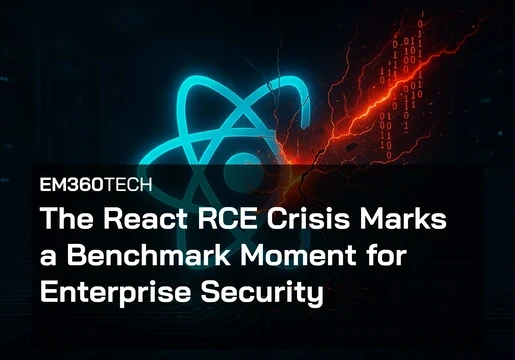
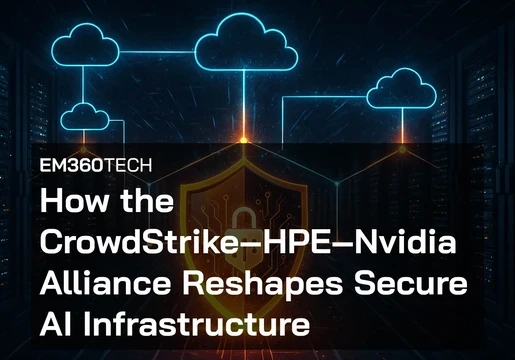

Comments ( 0 )